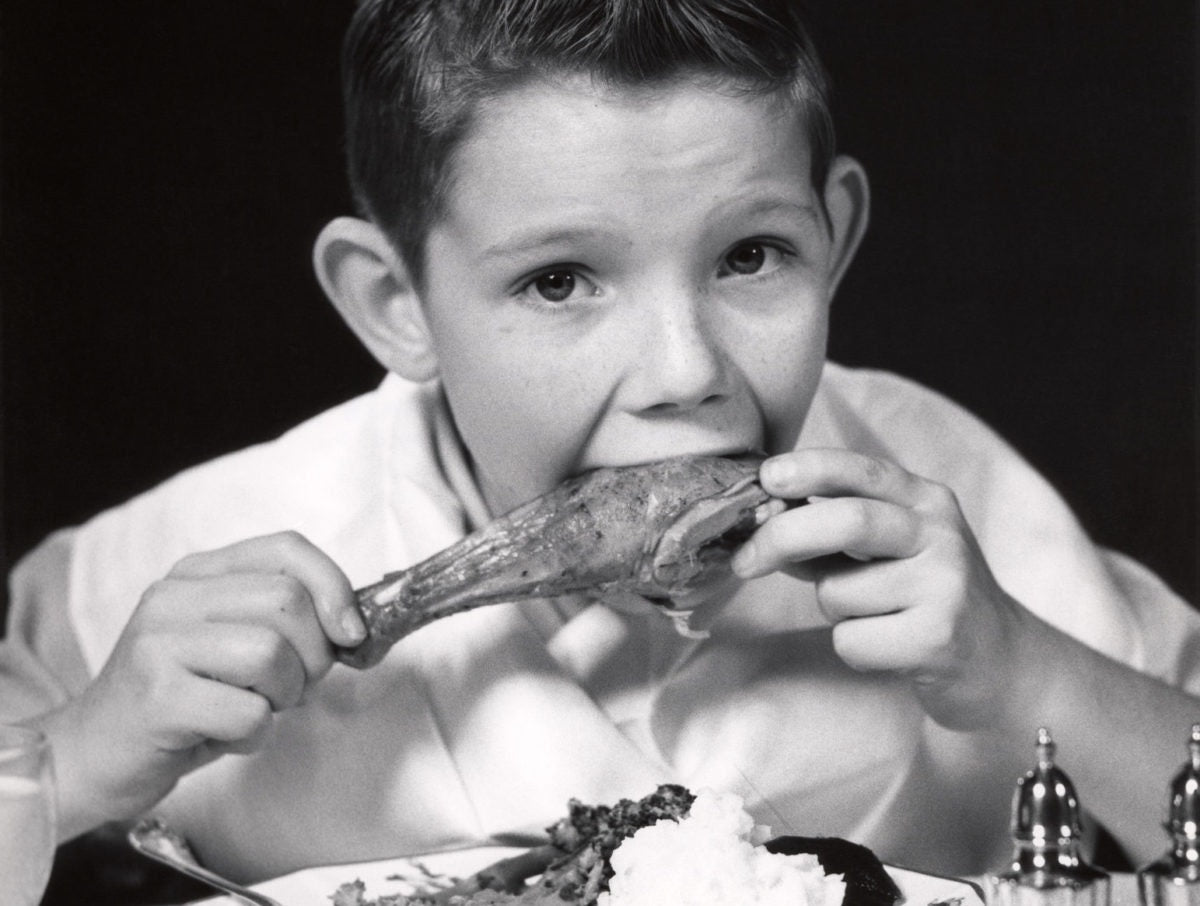My daughter’s second grade teacher hand-wrote a classroom update to the parents each week, her name signed with a beautiful cursive flourish. She used a wooden pointer to teach U.S. geography and phonics. She had an upright piano in her class and played it regularly. She was the only teacher in the school whose classroom did not have an interactive whiteboard. This all ran anathema to the modern classroom. As Lewis Buzbee writes in the 2014 “Blackboard: A Personal History of the Classroom”, “Whiteboards are the rule these days, and all to the better, it seems, if only for their lack of screeching. But the whiteboard disallows a long-standing classroom rite: cleaning the erasers.” When I pick up my daughter now as a fourth grader, a highly-digitized classroom equipped with iPads, I long for her second grade days. She and her classmates were always delayed, helping to wash the chalkboard and clapping those vestigial erasers.
They were part student/part maintenance, and they appeared to love it. In fact, I heard very few complaints about these “old school” methods, especially from fellow parents. I can understand why the parents favored this experience: clapping erasers, coloring freshly Xeroxed pages, cranking the pencil sharpener. Our own second grade years came rushing back. I well remember getting “locked out” of school when I volunteered to clap erasers with my own second grade crush. It’s possible I let a door-holding eraser slip out of place to extend my chore time. Oops.
Nostalgia aside, there was another reason I think we were so happy for our kids’ uniquely undigitized teacher. We all had a chance to catch our breath. We’d been texting fellow playdate parents and e-mailing pediatricians throughout our children’s lives. We’d been downloading and uploading forms since before our children were born. The same goes for our digital native offspring, born effectively with a tablet device in their hands. At parent-teacher conference, my daughter’s teacher apologized: “I’m sorry I don’t do that texting. You are always welcome to call me, though!” I told her it was a relief. It had been wonderfully welcome to not have to be hyper-conscious of how much screentime both my kid and I were spending in the name of her education. In the years since the Classroom in Analog, I’ve realized how much my kids’ teachers can steer the ship.
I have the deepest respect for educators and understand the immense pressures they are under to communicate constantly above the din of the whirring propellers of helicopter parents. It can be invasive, though – the text blasts and newsletters and reminder slips that litter our inboxes and kitchen tables. The emotional and financial toll of raising a child is no secret, even to those who are not in the business. But rarely do we mention the administrative side of parenting. Writer Jen Hatmaker is among the few who have made a public plea to reduce the sheer volume of paperwork that educating a child entails. Hatmaker appeals to the teachers: “Teachers, we need to make a deal that after April testing, we don’t have to do anything else.” I wonder how realistic this might be? The flood of reminders...can we agree to a tapering system for both teachers and parents alike?
Might even our kids be tasked with remembering a few things rather than piling the onus to bring in five dollars for the Valentine’s Party on the parent? And might the goal of pumping more iPads into classrooms and educating more app-savvy kids be offset by a little bit more analog in their lives? If not a piano, then perhaps a real, tactile deck of cards (versus one that a mouse clicks to shuffle). We might not all get a teacher with a texting embargo, but maybe we can hope for a little more balance, inside the classroom and out. The ’90s notion of the “information superhighway” promised media convergence and limitless access to all who traveled it. Within the framework of our children’s education, though, we and their teachers are tasked with setting the speed limits. The challenge is remembering that we get to decide where the exit ramps should be.



